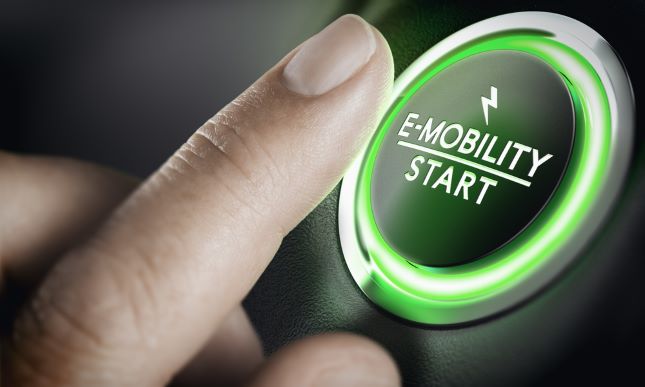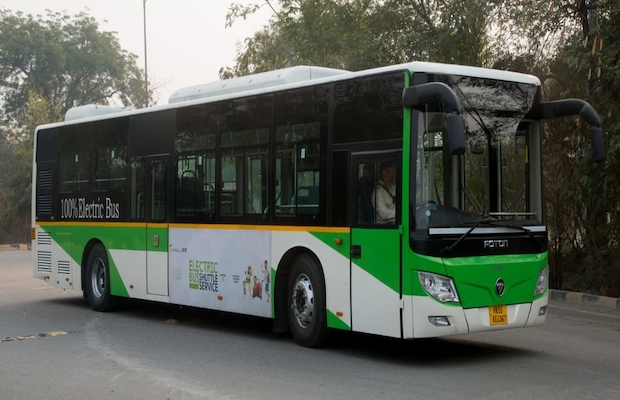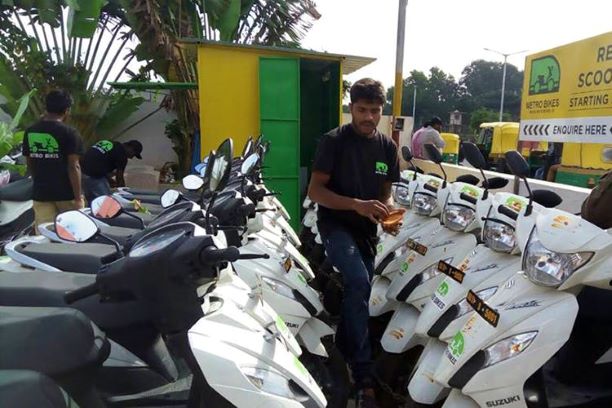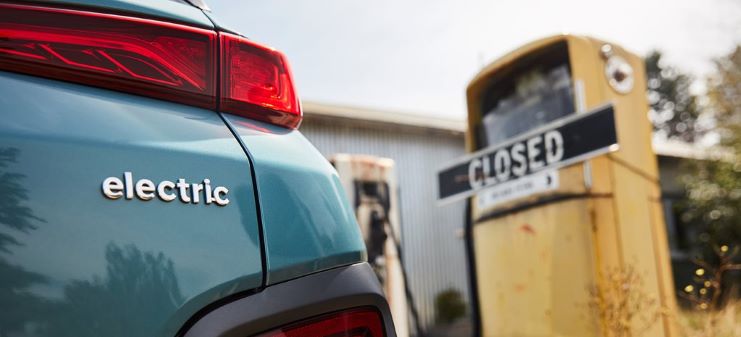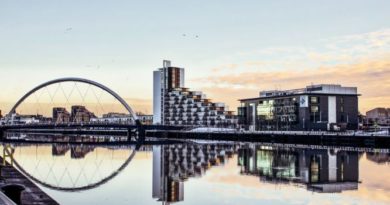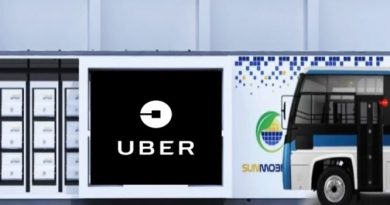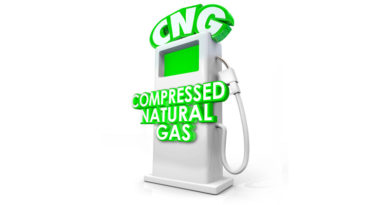Delhi To Get 2000 E-Buses & Charging Stations by 2021
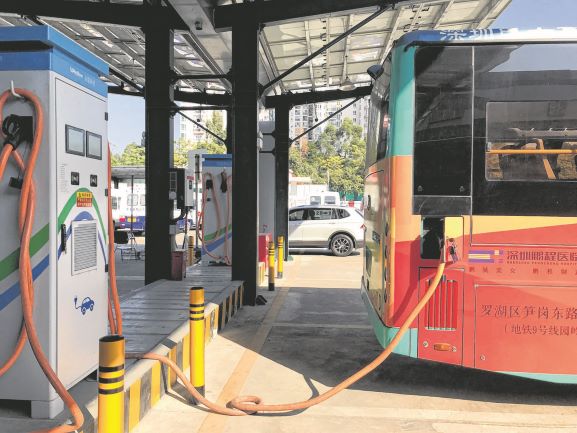 Is Delhi on its way to become the next Shenzhen?
Is Delhi on its way to become the next Shenzhen?
The Delhi government is inducting 1000 electric buses for the state while Delhi Transport Corporation is in the process to procure another 1000 electric buses under the cluster scheme.
“On Wednesday, we submitted an application to bring 1,000 electric buses under the FAME (Faster Adoption and Manufacturing of Hybrid and Electric Vehicles) scheme,” DTC’s Managing Director Manoj Kumar said on 4th of July at the foundation stone-laying ceremony of a compact reformer-based HCNG production plant at DTC’s Rajghat-1 bus depot.
According to Kumar of the 1,000 electric buses that will be inducted, 900 would be used for city services, while 100 buses will be pressed into interstate services.
Earlier, the Delhi government had floated tenders for 375 electric buses under the cluster scheme. After that is finalized, more tenders for the rest of the 625 electric buses are expected to be floated.
Delhi transport minister Kailash Gahlot said that DTC was in touch with the department concerned in the central government and was also trying to seek clarity on the FAME scheme for support.
The FAME II scheme, as per the Minister of Heavy Industries and Public Enterprises, Mr Arvind Ganpat Sawant, support the electrification of the public modes of transportation through FAME II scheme.
“This phase will mainly focus on supporting the electrification of public & shared transportation, and aims to support through subsidies 7000 e-Buses, 5 lakh e-3 Wheelers, 55000 e-4 Wheeler Passenger Cars and 10 lakh e-2 Wheelers. In addition, the creation of charging infrastructure will be supported in selected cities and along major highways to address range anxiety among users of electric vehicles,” the public statement said.
While supporting the central government, Gahlot also added that supporting infrastructure for charging electric buses would be created. “The entire load would not come at one go as the electric buses will be brought in phases. The infrastructure can be augmented in phases as the buses started arriving,” Gahlot said. “We can begin with 11kv initially, which is sufficient for up to 175 buses. Then we can go up to 33kv and then 66kv. Creating the entire infrastructure for electric buses will of course take time,” he added.

